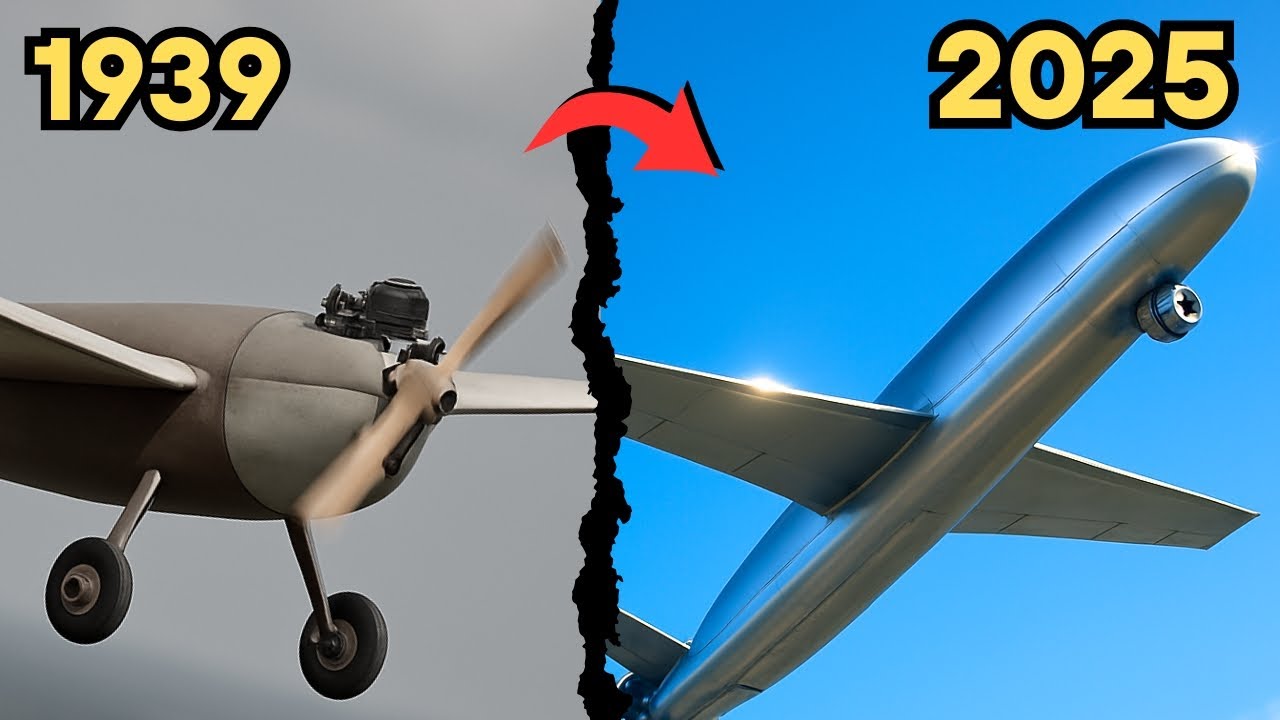The evolution of U.S. Navy drones reflects a dramatic shift in how wars are fought at sea and in the sky. From the earliest remote-controlled aircraft made of wood and canvas to today’s stealthy, AI-powered war machines, the journey has been one of relentless innovation. Drones have transformed from experimental tools into frontline assets—capable of surveillance, strike missions, and autonomous operations in hostile environments.

In the early 20th century, U.S. naval drone development began with crude but visionary efforts like the Curtiss N2C-2 target drones and Radioplane OQ series, used primarily for gunnery training. These early platforms, built from wood and basic electronics, marked the Navy’s first steps toward unmanned flight. Though limited in range and function, they laid the foundation for future breakthroughs.
By the Cold War era, technological leaps gave rise to drones like the Ryan Firebee, used for reconnaissance and electronic warfare. These jets, often launched from ships or other aircraft, could reach higher speeds and altitudes, supporting complex missions. But it wasn’t until the 21st century that naval drones truly matured. The RQ-4 Global Hawk and MQ-8 Fire Scout brought real-time surveillance and autonomous helicopter support to maritime operations.
Today, the U.S. Navy is deploying next-gen drones like the MQ-25 Stingray, a carrier-based aerial refueling drone that extends the reach of fighter jets. Meanwhile, X-47B, a stealth-capable unmanned combat air vehicle (UCAV), has already demonstrated autonomous carrier takeoffs and landings—once thought impossible. These drones use advanced AI to navigate, identify targets, and adapt to threats, operating with minimal human input.
Looking toward the future, the Navy is integrating drone swarms, undersea unmanned vehicles (UUVs), and AI-enhanced decision systems into its fleet. From early wooden shells to digital predators, Navy drones are no longer support tools—they are becoming intelligent, networked weapons of the next-generation battlespace. The age of manned-only naval warfare is fading, and the drone era has truly begun.